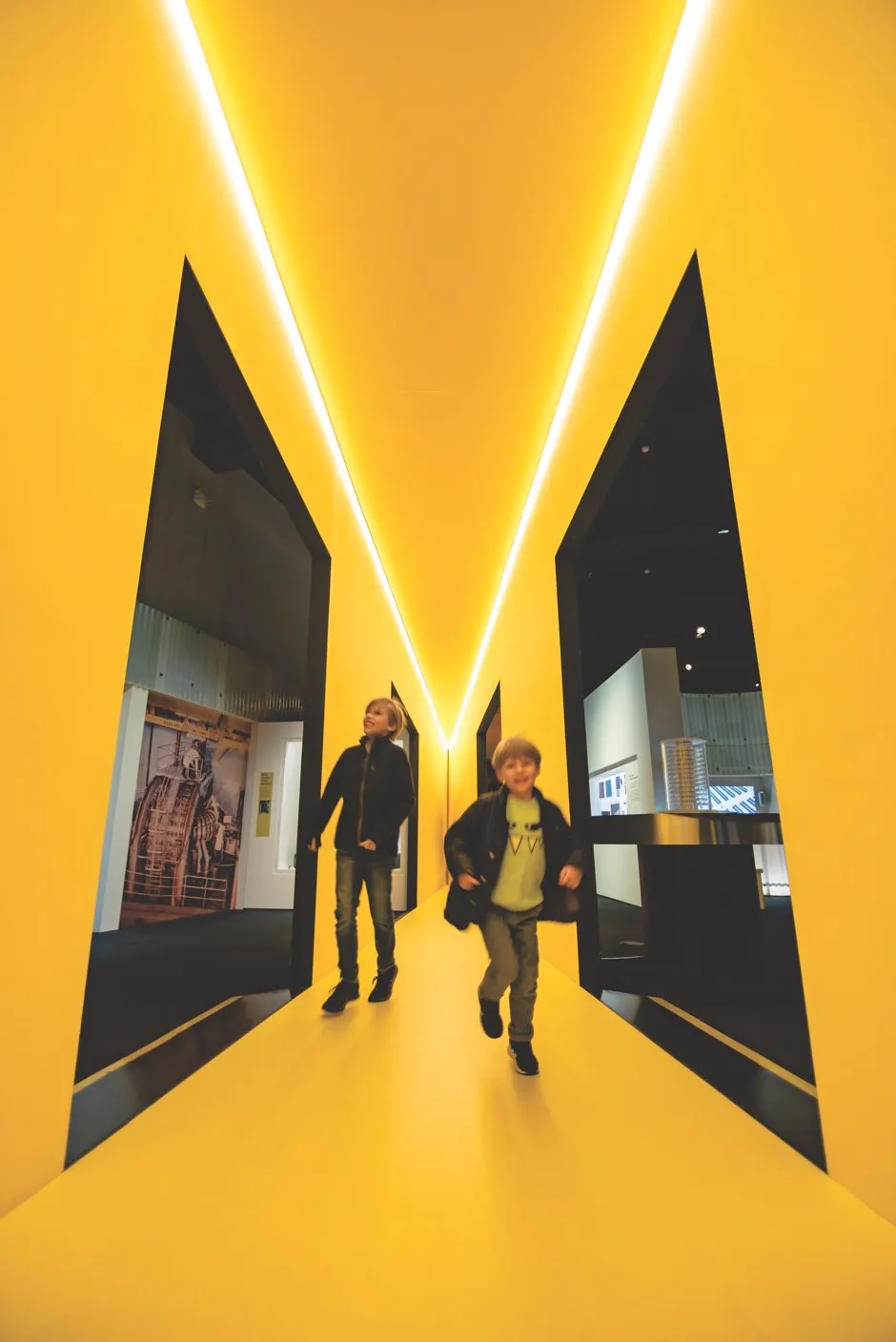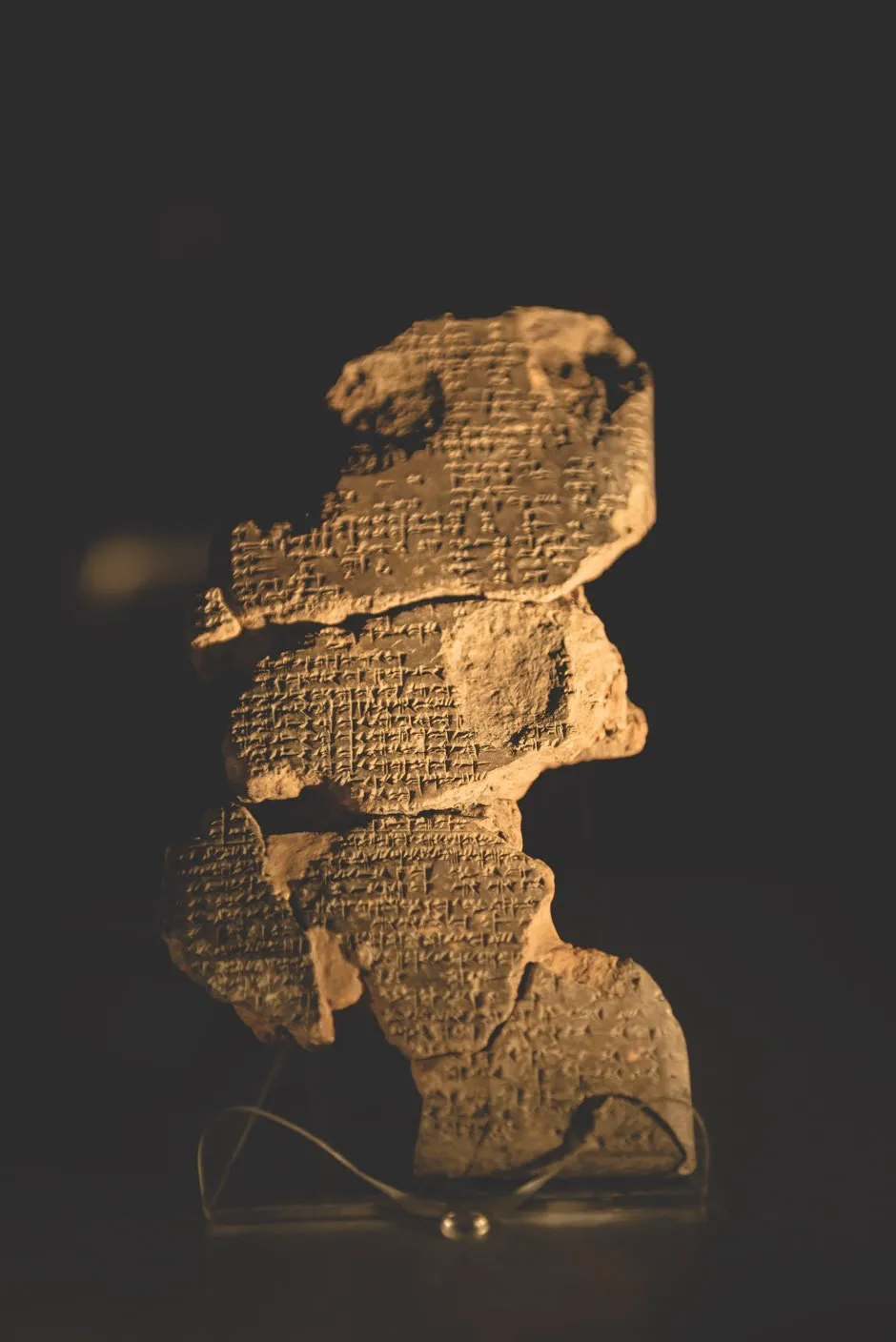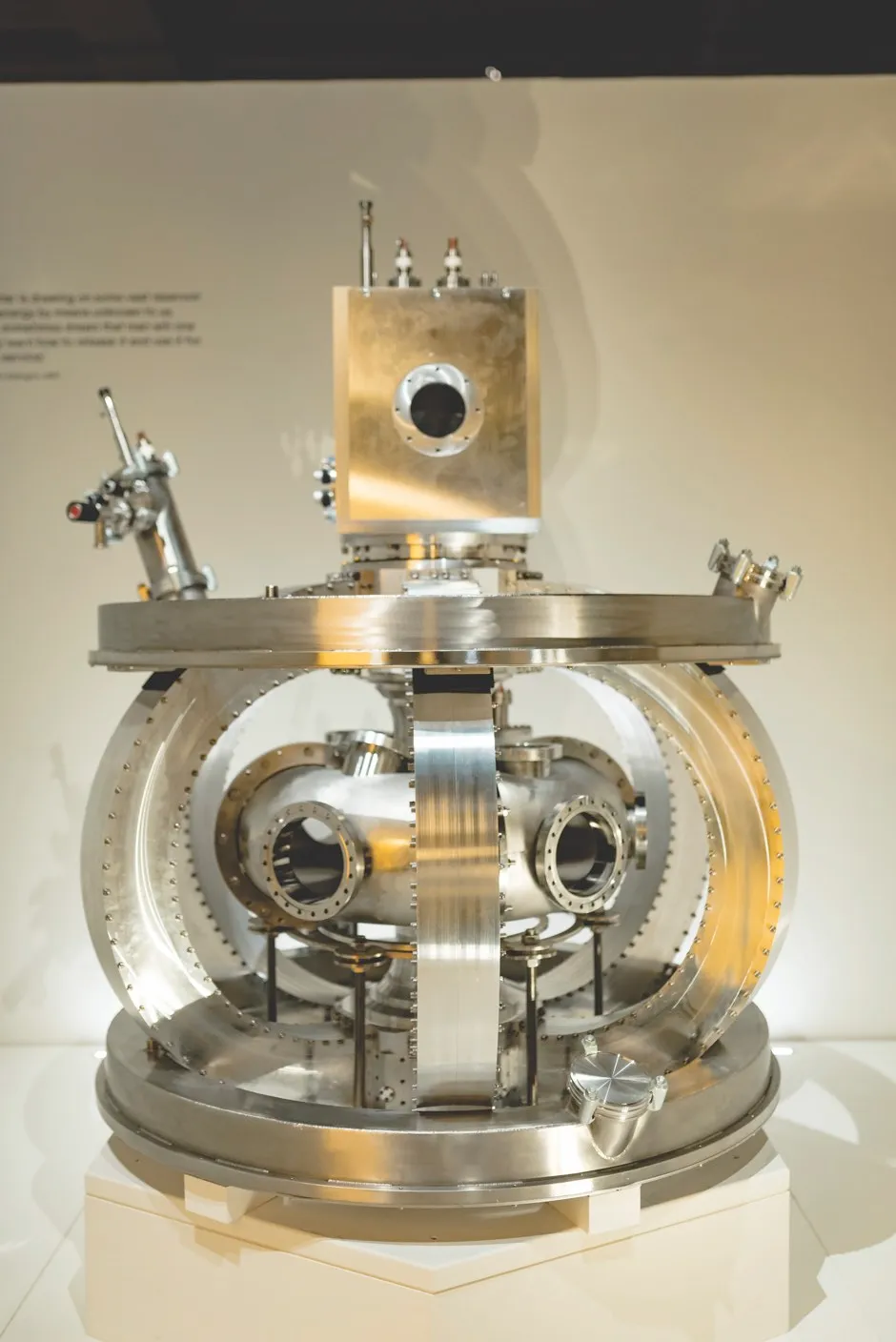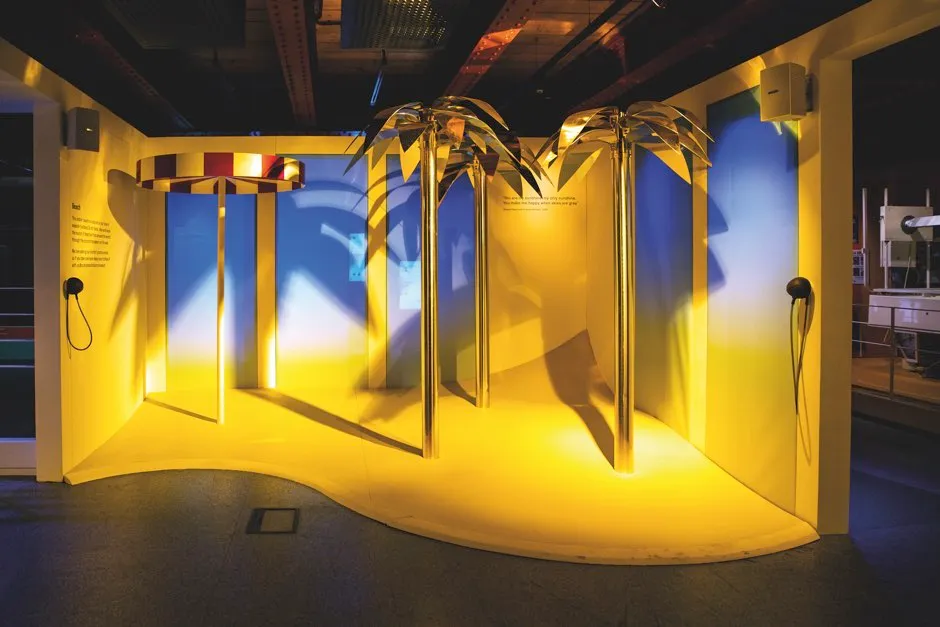As The Sun exhibition arrives at Manchester’s Science and Industry museum, we caught up with one of the curators, Lewis Pollard, to find out how the exhibition takes visitors closer to the Sun.
Why are we so fascinated by the Sun?
Throughout human history, people have interpreted the movement of the Sun in different ways and used that to try and make sense of their place in the Universe.
One object on show in The Sun is a Babylonian tablet (see below), on loan to us from the British Museum. Written on it is one of the earliest known references to what might be features on the surface of the Sun – 2,600 years ago someone observed the Sun and wrote on the tablet that if you see white spots on its surface, then it could be a sign that a famine will happen soon. We now know about sunspots and the potential dangers of high-intensity solar storms, especially on today’s communication technologies. Seeing someone report the same sort of idea all those years ago is really amazing.
Read more about the Sun:
- How the Parker Solar Probe will 'touch the Sun'
- Crystals trapped in meteorites reveal the Sun’s violent past
The Trundholm sun chariot, from 1400 BC, is also on display in the exhibition. It shows the Scandinavian Bronze Age belief that the Sun is carried across the sky on the back of a horse-drawn chariot. You find that loads of religions use everyday examples – animals, boats, carts – to make sense of what the Sun is doing, and how it moves across the sky.
The exhibit doesn’t only look to the past. What does it tell us about the future?
All energy from Earth is ultimately derived from the Sun in one form or another. We have harvested energy from the Sun throughout history, from fossil fuels, which are fossilised plants and animals that derived their energy ultimately from the Sun, to more direct solar technologies. One object in the exhibition is a solar-thermal generator that was installed on the roof of the White House in 1979 under US President Jimmy Carter.

Looking at the technologies advancing our ability to capture the energy of the Sun, we consider if these could be the solar revolution that we’ll see on the Earth. Or, will the solution be to recreate the conditions of the Sun here on Earth? Tokamak Energy’s tokamak fusion reactor is an experimental nuclear fusion reactor that aims to recreate how the Sun works, and so derive energy from that. We have a small version of the tokamak in the exhibit (see below) and it’s a really impressive object to see. It’s made of stainless steel and circular – it looks quite sci-fi.
How has new technology shaped the exhibition?
We have a lot of amazing immersive, interactive experiences. In one, you stand in this array of light to see how shadows move across sundials, and how they were used to tell time before we had mechanical clocks. There are augmented reality screens where visitors can digitally try on sunglasses and of course, the grand finale of the exhibit: an interactive solar storm. That is a really immersive, awe-inspiring experience.
How did you go about creating the experience of the solar storm?
Visitors spend the exhibition learning about the Sun and reflecting on their relationship with it. This final, huge spectacle drives home the extent of the impact of the Sun on our lives.
You enter a room with a large screen. Projected on the screen is imagery taken from NASA’s Solar Dynamics Observatory satellite, which observed the Sun over a long period of time. It’s presented in an eight-minute movie and it has this big, impactful soundscape as well.
For a lot of people, this will be, metaphorically, the closest to the Sun they will ever be. We wanted this exhibition to have a big impact, for it to be more than just us talking about a topic; we wanted to bring the Sun closer to people.
Are new technologies – like augmented reality, VR and so on – changing the way you curate exhibitions?
I think increasingly so. The possibilities are really amazing for what we can do using these technologies.
We have a virtual reality experience, called Space Descent VR, narrated by British astronaut Tim Peake. You put on the headset and experience coming back down to Earth from the International Space Station. That has a completely different impact than it would if you were just reading it or just hearing about it.These technologies are offering potential new ways to get our messages across and have a greater impact for our visitors. So, I’m excited to see how these technologies evolve.
Read more about science days out:
Of course, all of these technologies tend to come with their own challenges. They work better for some people and not for others – there’s no one-size-fits-all solution to anything. But one thing our museum does really well is making our galleries feel very interactive, usually through our explainers and our demonstrators. Having a real person talking to you, explaining and showing you how things work, has a huge impact.
In a museum setting, will real people ever be replaced by technology?
I hope not. For me, I always respond better to people. Especially people who are really passionate about what they’re talking about, and we have an amazing team of volunteers who work across all of our different exhibitions. Talking to them, I think, really impacts on me as a museum visitor, even as a museum worker. So, I hope that never goes away. I think that’s something that this museum does incredibly well, and I’m really proud of our volunteers and our staff who work with the public, face-to-face.
The Sun in three objects
Babylonian tablet from 750 BC

This ancient tablet is the earliest known reference to features on the Sun and shows the legacy of humankind’s fascination with our star.
Tokamak reactor

This is a prototype nuclear fusion generator. It’s just one example of the many attempts around the world at building an artificial Sun here on Earth.
Beach pavilion

As an exhibition about our relationship with the Sun, what better place to reflect on its impact on our lives than at an immersive beach pavilion?
Follow Science Focus onTwitter,Facebook, Instagramand Flipboard
